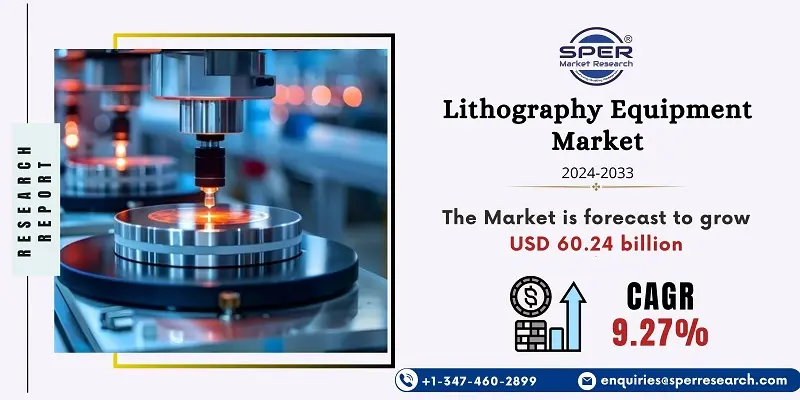A Mass Flow Controller (MFC) is a highly accurate device used to measure and control the flow rate of gases or liquids in various industries. Unlike conventional flow meters, MFCs not only measure flow but also actively regulate it to ensure stability and precision in critical processes. They are widely used in semiconductor manufacturing, pharmaceuticals, chemical processing, and medical devices, where maintaining exact flow rates is crucial for quality and safety. Advanced MFCs incorporate digital controls, IoT connectivity, and automated calibration features, making them more efficient and reliable. As industries increasingly adopt automation and precision control technologies, MFCs play an essential role in optimizing industrial operations and ensuring regulatory compliance.
According to SPER Market Research, ‘Global Mass Flow Controller Market Size – By Type, By Flow Element, By Flow Rate, By End User – Regional Outlook, Competitive Strategies and Segment Forecast to 2034’ state that the Global Mass Flow Controller Market is predicted to reach 6.03 billion by 2034 with a CAGR of 13.56%.
Drivers: The mass flow controller market is expanding due to the increasing demand for precision flow control in high-tech industries. The semiconductor sector, a major consumer of MFCs, is driving demand as chip manufacturing processes become more advanced and require highly controlled environments. Growth in the pharmaceutical and biotechnology industries, particularly for drug manufacturing and laboratory applications, further boosts market adoption. Additionally, rising automation across industries is pushing the need for real-time flow monitoring and regulation, enhancing operational efficiency. The shift toward smart factories and Industry 4.0 is encouraging the development of IoT-enabled MFCs. Increased investment in hydrogen fuel cells and renewable energy applications is also creating new opportunities for MFC adoption.
Request For Free Sample Report @ https://www.sperresearch.com/report-store/mass-flow-controller-market.aspx?sample=1
Restraints: The market for mass flow controllers still faces a number of obstacles in spite of its expansion. Accessibility is restricted by high upfront and continuing maintenance costs, especially for small and medium-sized businesses. Performance can be impacted and regular recalibration is necessary due to the intricacy of calibration and sensitivity to external variables like temperature and pressure changes. Integration is challenging due to incompatibilities with current industrial systems, which causes extra expenses and delays. Additionally, competition from alternative flow measuring technologies like Coriolis and differential pressure flowmeters affects the adoption of MFC in some applications. MFC production and availability have also been impacted by supply chain interruptions, which have presented difficulties for producers and end users, especially for semiconductor-based components.
Global Mass Flow Controller Market Key Players:
The Global Mass Flow Controller Market is dominated by Asia-Pacific due to its strong presence in semiconductor manufacturing, particularly in China, Taiwan, South Korea, and Japan. The region’s expanding electronics industry and growing investments in automation drive demand for high-precision MFCs. Some of its key players are – Alicat Scientific, Brooks Instrument, HORIBA STEC, MKS Instruments, Omega Engineering.
For More Information, refer to below link: –
Mass Flow Controller Market Share
Related Reports:
Follow Us –
LinkedIn | Instagram | Facebook | Twitter
Contact Us:
Sara Lopes, Business Consultant — USA
SPER Market Research
+1–347–460–2899









